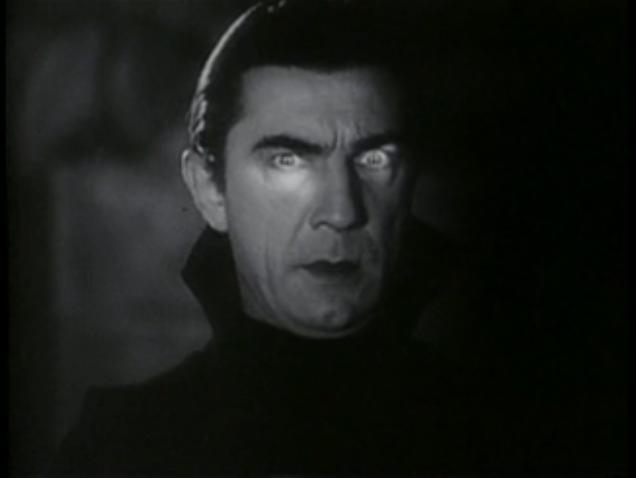Pirate Vampire Dug Up in Bulgaria
Sorry, Dracula, Bill Compton and Team-Edward. An older vampire is in town, at least in Bulgaria. In the Black Sea town of Sozopol, a 700-year-old skeleton was found with metal stakes where the man’s heart had been, attracting flocks of onlookers to the church graveyard where the remains were discovered. Visitors also crowded to see the body in a special display case at the Bulgarian Natural History Museum in Sofia.
The Los Angeles Times reports:
As recently as a century ago, Balkan peoples held to the belief that staking down the corpses of people who they regarded a evil would prevent them from rising from the dead and continuing to torment the living, archaeologist and museum director Bozhidar Dimitrov told journalists in Sofia, the Bulgarian capital.
“A group of brave men would reopen their graves and pierce the corpses with iron or wooden rods. Iron rod was used for the richer vampires,” Dimitrov told journalists gathered around the skeleton, which he said was probably that of a notorious Black Sea pirate known as Krivich, or “Crooked.”
The remains predate Vlad the Impaler—the historic tyrant behind Bram Stoker’s “Dracula”—by about a century, speaking to a deeply-rooted regional romance with vampires. The charismatic, irresistible vampire image we think of today was conjured up in Eastern European folklore, where vampires were perceived as a very real threat by people of the time.
An 1898 German text, “Zeitschrift des Vereins fur Volkskunde,” describes ancient beliefs in the region that vampires could manifest as evil beings, suicide victims, witches or possessed corpses. According to Adrein Cremene’s 1981 “La Mythologie du Vampire en Roumanie,” amongst the Romani, anyone who was missing a finger, had an appendage similar to those of an animal or had a horrible appearance was regarded as “one who is dead,” while in Russia, those who talked to themselves were suspected of having a vampire nature.
Vampires-in-the-making were said to go through a 40 day development period on their way to becoming a full-fledged blood sucker, according to Elena E. Levkievskaja’s 1997 book, “La mythologie slave: problemes de repartition dialectale (une etude de cas: le vampire).” Usually male, vampires could father children during this transitional time and had a strong sexual appetite for human women, though in Croatia a female vampire named Mora was said to drink the blood of men and the recently dead who “had not lived piously.”
Fire could kill these creatures while they walked at night, and iron stakes through the heart of a corpse could prevent it from returning from the grave as a vampire. Persons born on Saturday were thought to have a special talent as vampire hunters, too. Vampire hysteria commonly took hold of Slavic villages, with corpse-stakings occurring frequently. Around the region, archaeologists have unearthed over 100 graves in which remains have been pinned down with such vampire-deterring methods.
Maybe suffering a case of vampire and staked-corpse fatigue, Dimitrov, the museum director, doesn’t understand the fuss. As he told Fox News:
“I do not know why an ordinary discovery like that became so popular. Perhaps because of the mysteriousness of the word “vampire,” he said.
More from Smithsonian.com: The Curse of Count Dracula
/https://tf-cmsv2-smithsonianmag-media.s3.amazonaws.com/accounts/headshot/Rachel-Nuwer-240.jpg)

/https://tf-cmsv2-smithsonianmag-media.s3.amazonaws.com/accounts/headshot/Rachel-Nuwer-240.jpg)